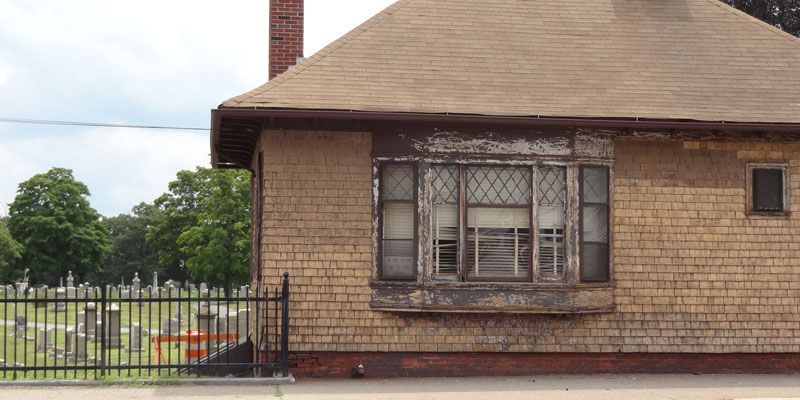
Sam Bell’s Havoc-Wreaking Plan to Capture a Federal Housing Coupon
I used to think that the people who wrote news articles strove to understand the subject matter in order to provide readers with a fair understanding of the content, with due skepticism about the claims of the interested parties who provided it (politicians, activists, businesspeople, etc.). Boy, was that naive.
Anybody with any familiarity with Rhode Island politics knows that Democrat State Senator Sam Bell is a far-left activist who will say nearly anything to advance his cause. (My favorite is still the time in a public debate he counted both legislation changing the income tax structure and legislation that undid some of that change as “tax cuts for the rich.”)
And yet, Antonia Noori Farzan and her editors at the Providence Journal let him get away with this headline about a report Bell just released with his undergraduate intern, Phoebe Dragseth: “Rhode Island failed to use more than $1 billion for affordable housing, state senator says.” First paragraph:
Rhode Island has failed to take advantage of more than $1.3 billion in federal funding that could have been used to construct affordable housing, according to a new report released by state Sen. Samuel Bell, D-Providence.
We should acknowledge that the 19-page report is an impressive achievement for a college sophomore (assuming it was largely her work). Of course, with a nod to Bell’s fellow progressives, we should recognize the amount of privilege supporting the white Ivy League child of Ivy League and professorial parents.
Even so, when it comes to public policy questions concerning billions of taxpayer dollars, readers don’t (or shouldn’t) expect the state’s major daily newspaper simply to provide PR summaries of the work of undergrads, even if it is handed over under the name of radical activist politicians. Just an ounce of skepticism and curiosity about the claims would change the impression of the story dramatically.
For example, a key reason developers aren’t utilizing the full opportunity of the federal subsidy is that the restrictions don’t make it profitable to do so. In response, Bell and Dragseth conclude that the state should be subsidizing the projects even more, to make them profitable for developers. One’s heart warms to see Bell making a huge ideological concession in acknowledging that people need to make money in order for professional business activities to be worth their while. Nonetheless, this concession detracts from, or even eliminates, his entire claim about “wasted” funds.
Bell and Dragseth estimate that the state would have to subsidize developers with another $89 to $186 million per year. In order to have claimed the seven years of “wasted” federal credits totaling to $1.3 (actually $1.4) billion, Rhode Island taxpayers would have had to pay an additional subsidy of $623 million to $1.3 billion.
This is like complaining that your parents forced you to waste a coupon to your favorite store because they wouldn’t give you the value of the coupon in upfront cash. Sure, you might have to “waste” a 38%-off coupon for a $1,000 gadget if you don’t have the other $620, but don’t blame mom and dad for their unwillingness to give you $380 simply for the sake of capturing the value of the coupon.
In public policy, the key is that this money has to come from somewhere else, which Bell and Dragseth acknowledge when they suggest shifting funds from other programs for their purpose. However, far from highlighting this important detail for her readers, Noori Farzan studiously avoids it in her article, leaving the impression that spending billions of dollars can be essentially cost free.
To the contrary. Implemented as recommended, the Bell-Dragseth program would do all of the following:
- Put state taxpayers in more debt, while gambling on projects that may never appear
- Reduce funding for other programs, like student loans
- Reduce the level of affordable housing for families whose income is slightly higher, although still relatively low
- Create incentive for Rhode Island institutions to draw the most-poor families into the state
- Reduce the value of new properties in the unsubsidized market
- Further erode Rhode Islanders’ right to develop their communities to suit their own interests and preferences
We can go into detail on how each of these would be predictable outcomes of an effort to fully capture a poorly designed federal subsidy, but as a starting point, it would be nice if professional journalists would offer the service of reporting activists’ studies as if the world is more real than a classroom discussion.
Featured image by Justin Katz.

